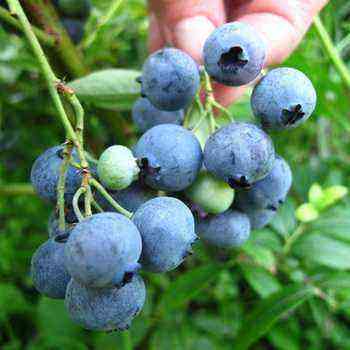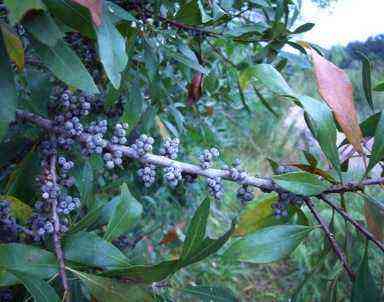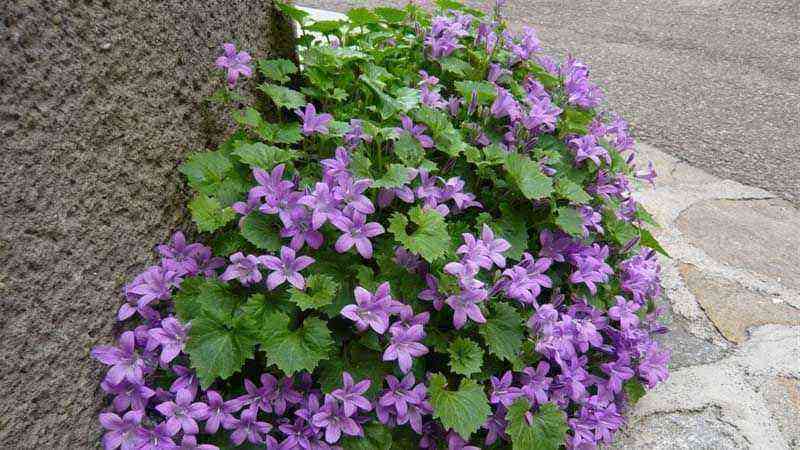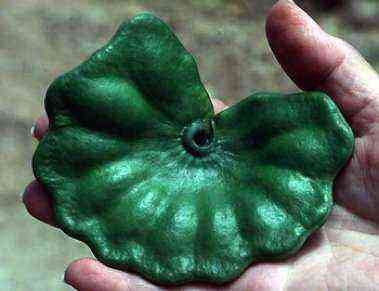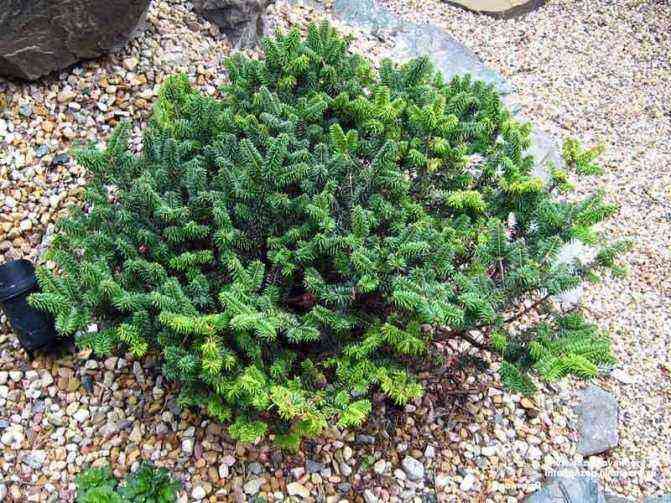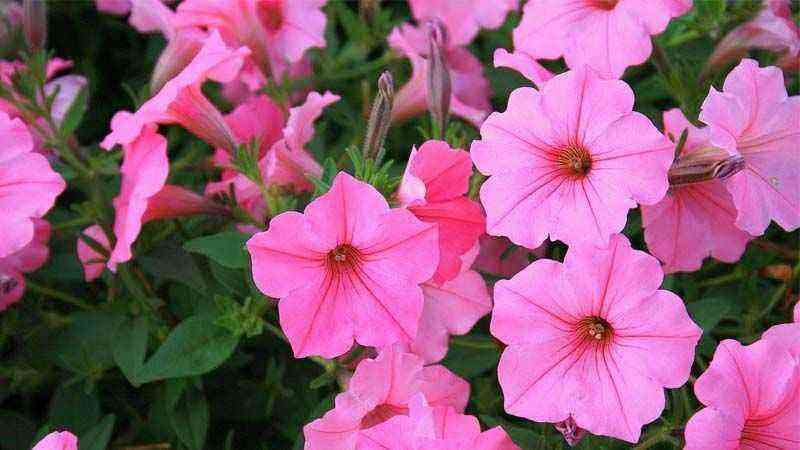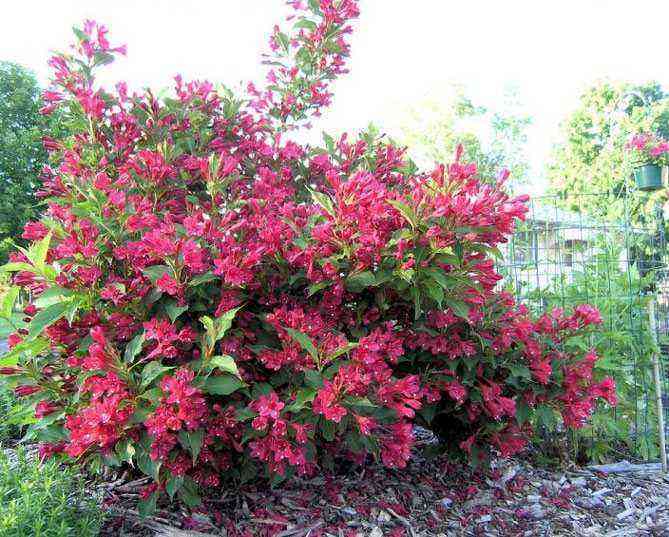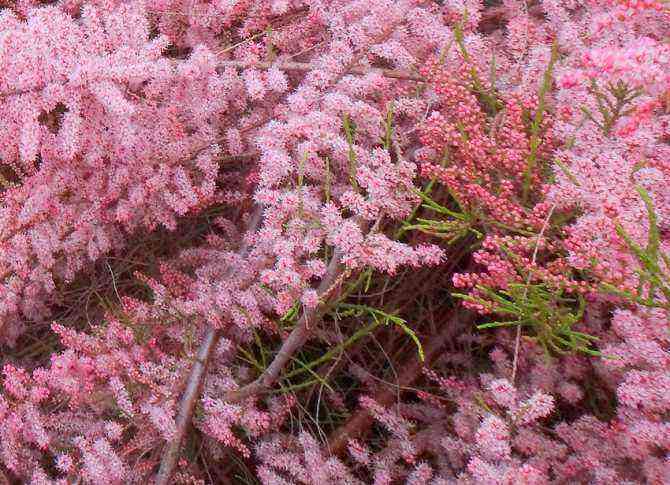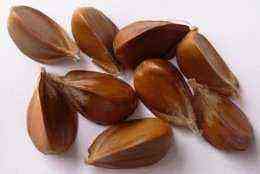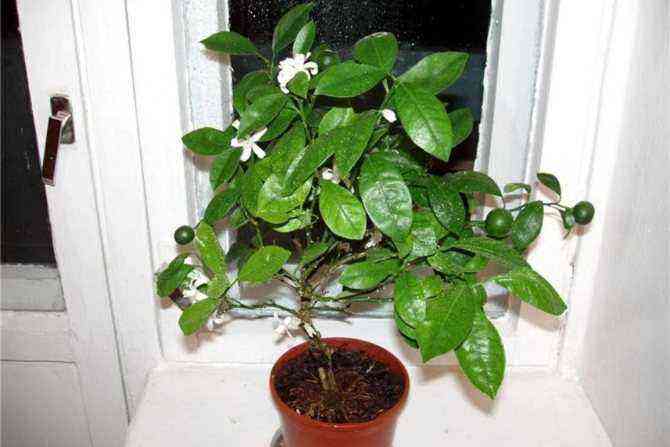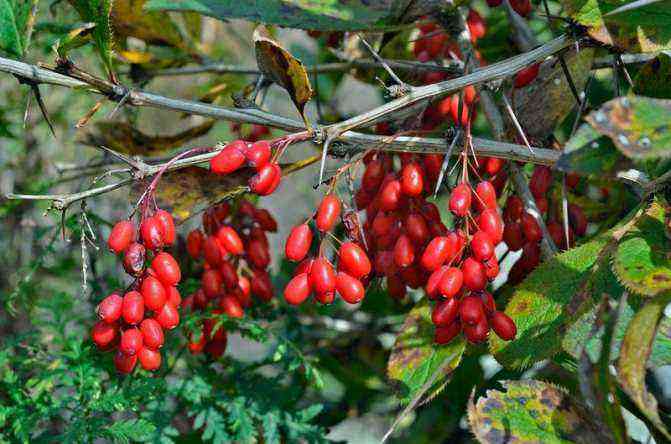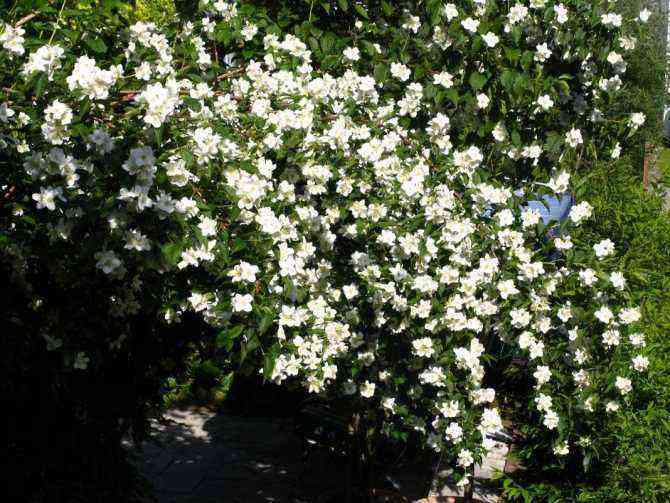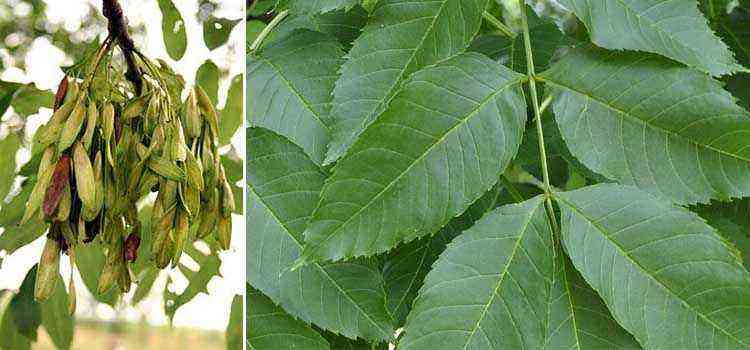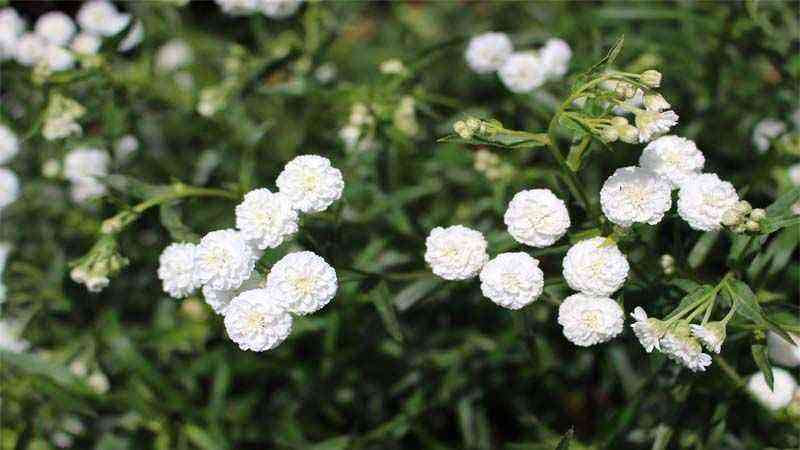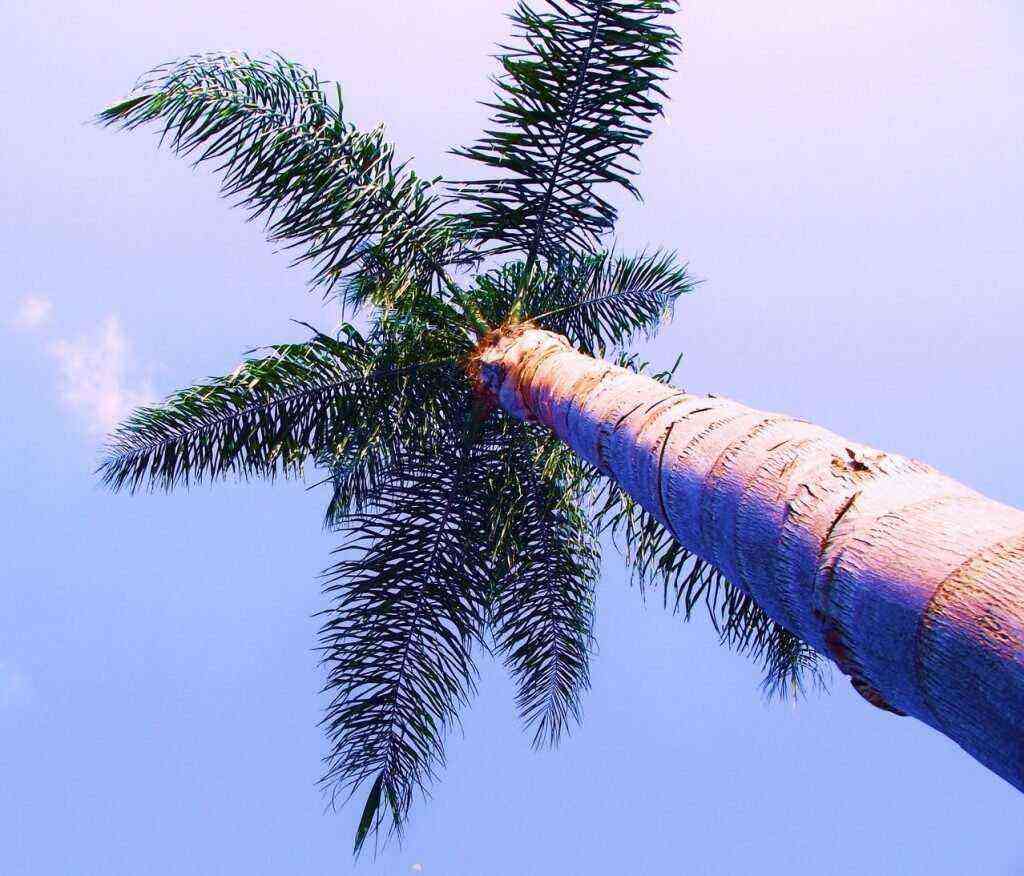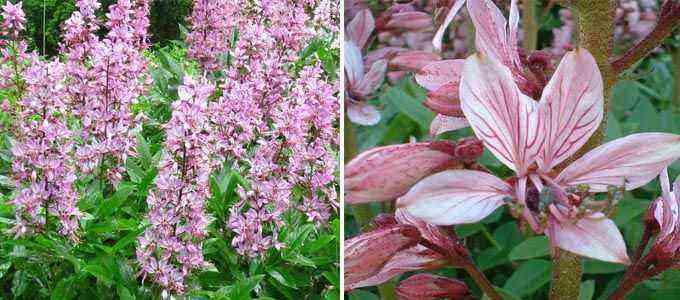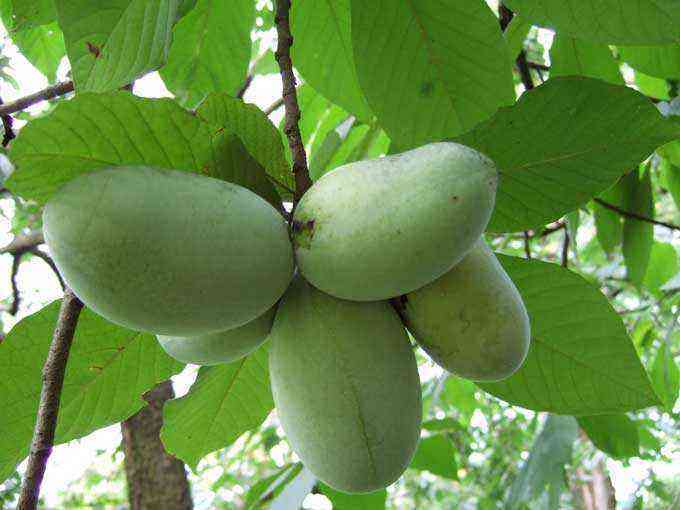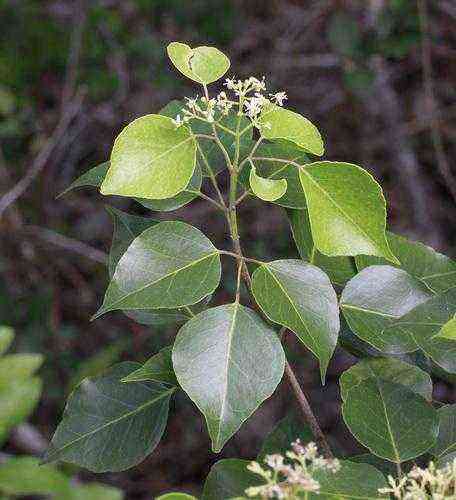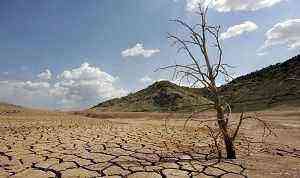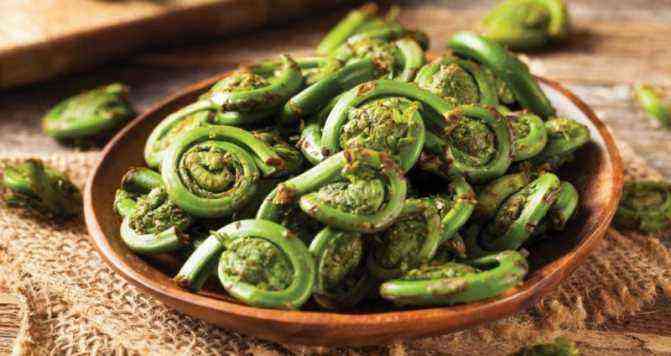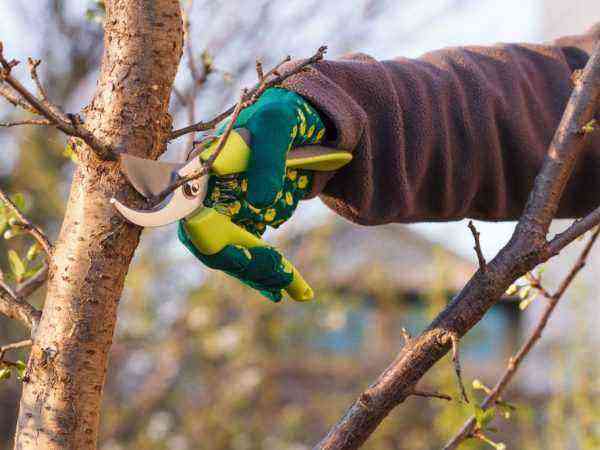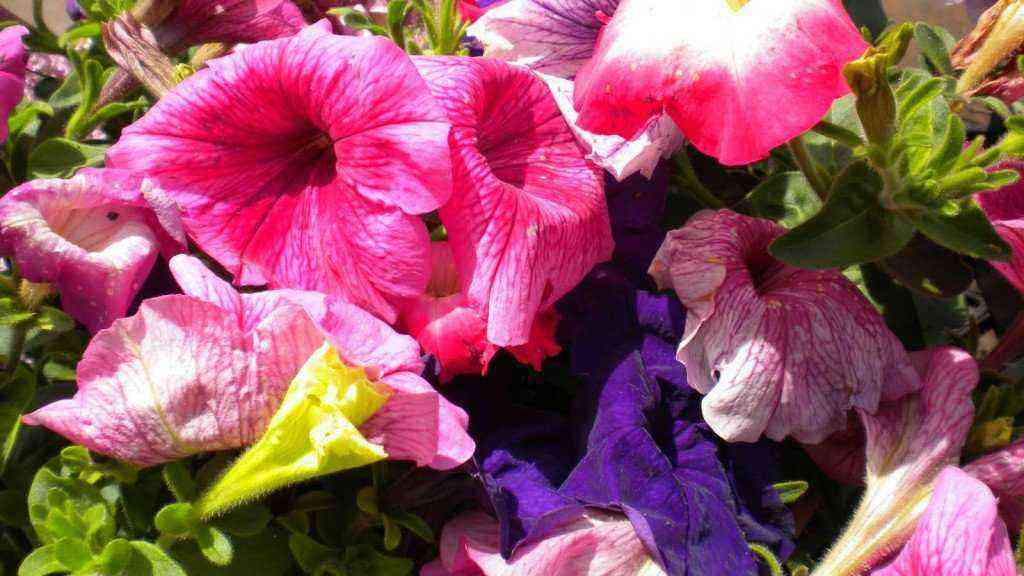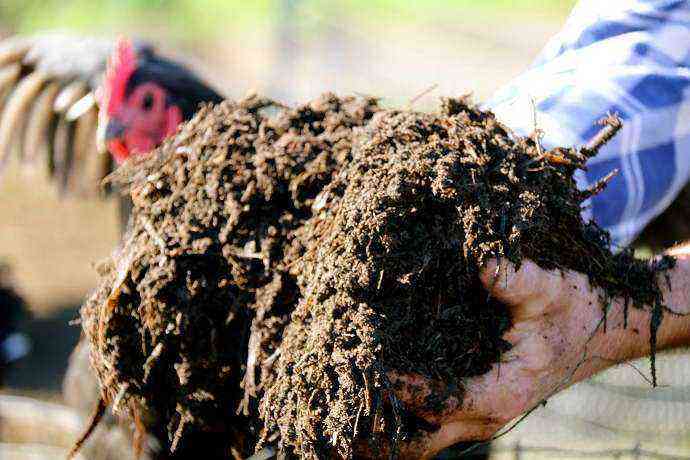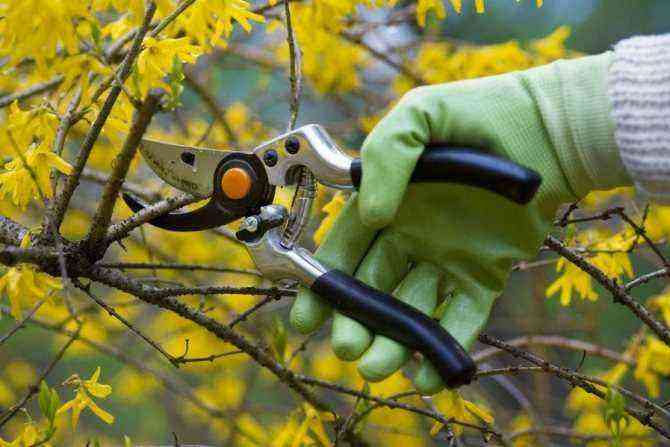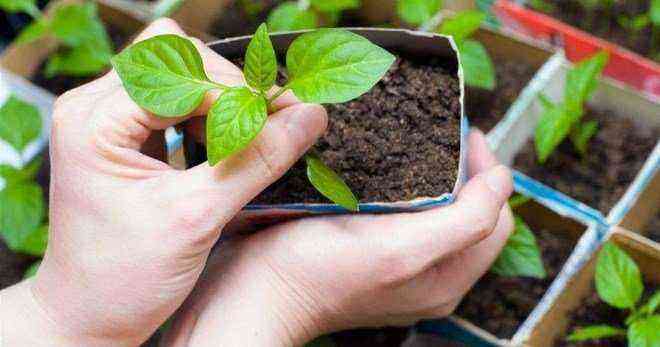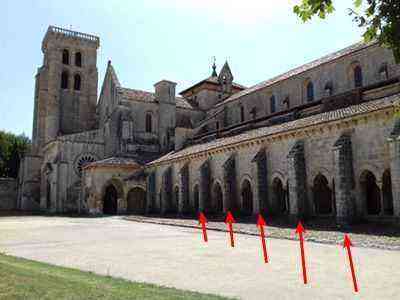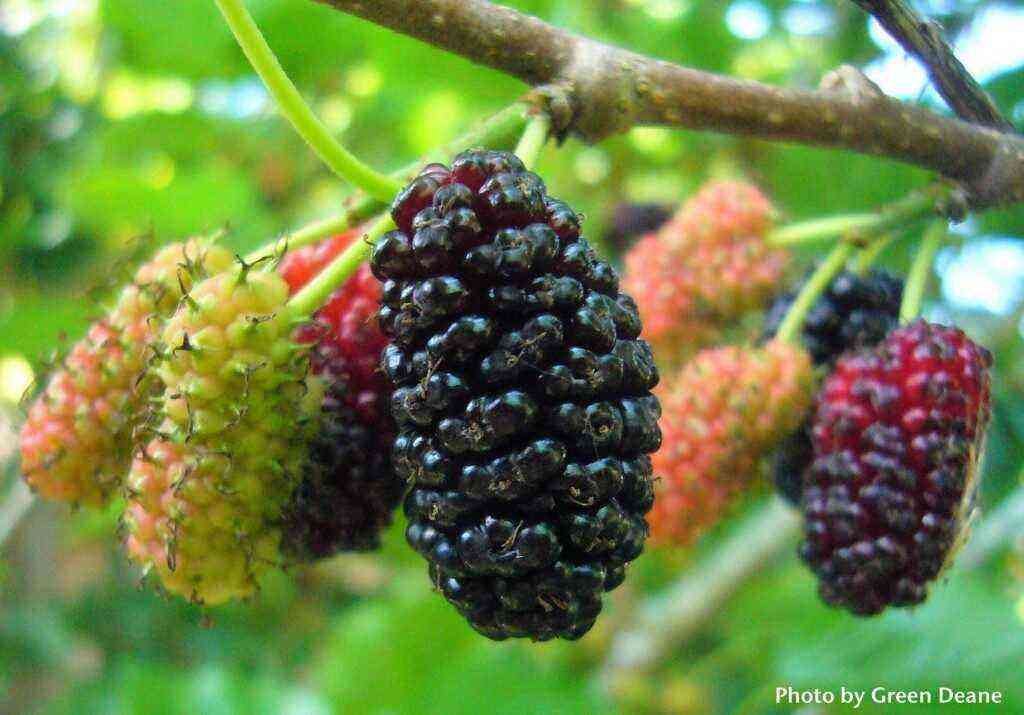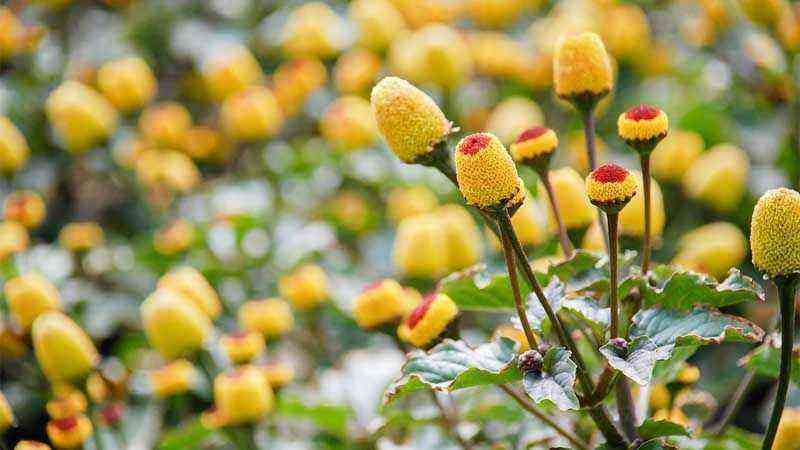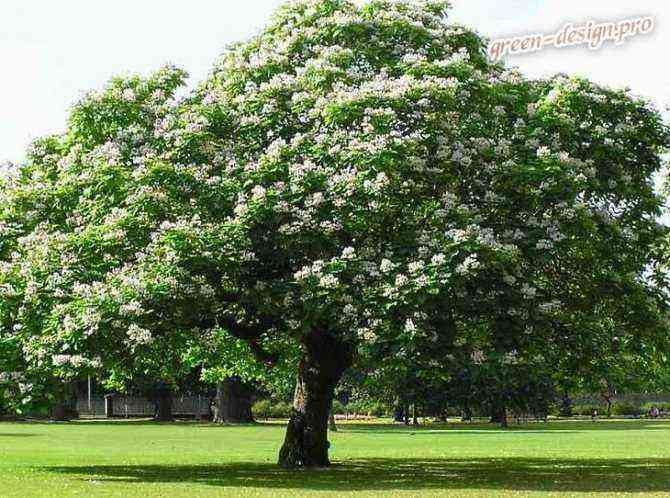Today we are going to talk about gender Liquidambar and more specifically of the best known species of the genus which is the Liquidambar styraciflua o american liquidambar vulgarly called. This large tree will not be suitable for small gardens, but having space is a real spectacle especially in my favorite season of the year, autumn. Let’s learn more about this fabulous tree for the garden.
The genus Liquidambar and its fabulous name
In Agromática we always say that etymology often gives us clues to the name of some species. Do you remember or know the myrtle? The word Mirto comes from myrtus, perfume in Latin, since it is a tree that has mirtol, a pleasant perfume that this species gives us.
In the case of liquidambar, instead of associating its name with the smell, we are going to associate it with the color, the amber of its resin that slides down its trunk and that has been used traditionally, as we will see later. Liquid amber, with that we have just described a genus belonging to the family of Altingiaceae of only 5 species, among which is the one that we are going to talk about today. The 5 recognized species are:
- Liquidambar styraciflua L.
- L. acalycina H.T.Chang
- L. cerasifolia (Wall. & Griff.) Voight
- L. formosana Hance
- L. orientalis Mill.
There are other names but they are not yet taxonomically resolved or they are synonymous with these 5. As we can see, the genus was described by Carlos Linnaeus and L. styraciflua was the first. The others are later descriptors. All liquidambar are trees of large size deciduous leaf. They can reach up to 40 meters without disheveled so it is not a tree for small gardens precisely. Anyway, his normal height stays between 20-30m which is not bad either. Its 5-pointed “similar” leaves to those of the maple turn to about very whimsical colors in autumn, from yellow to purple aubergine through the entire color range of warm giving a spectacular reddish tone. Hence its scenic appeal.
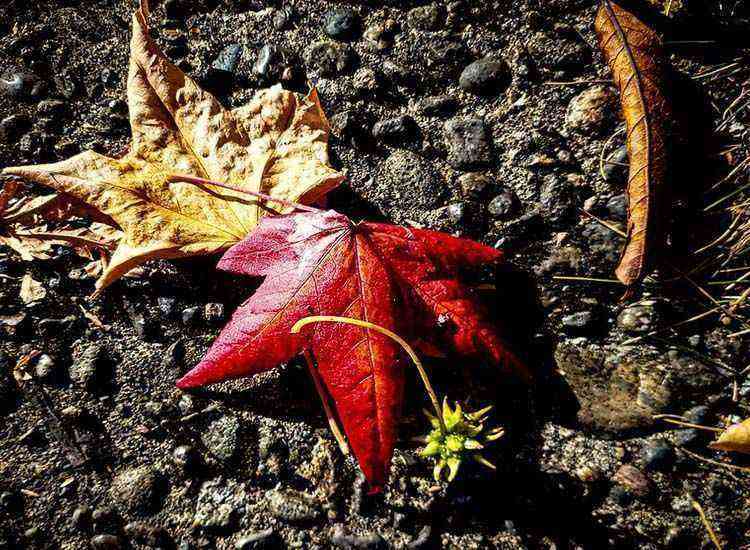
Liquidambar leaves. Photo by: CAJC: in the PNW
L. styraciflua L. It is of American origin and is very present in Central America and the central east of North America. In Europe it is somewhat less present but it does occur in central Europe. In Spain in particular there are certain points in the Cantabrian Pyrenees area, Galicia and part of the southern mountains of the country. Sure there will be more places where you are but this gives us a general idea of the current world distribution.

Presence of Liquidambar styracifolia. Image from GBIF.org
Liquidambar styraciflua L. Most precious for gardening
Before talking about the cultivation we must bear in mind that the establishment of the tree costs at the beginning. Until you are rooted and comfortable, your roots may suffer., and even in good conditions its growth is somewhat slow during the first 3 years. From there its growth speed increases a lot. We could say that it “hits the spurt” and reaches maturity where its growth rate drops again. With this we warn that it is a tree to the delicate beginning and that it is not very suitable for small gardens in the long term. Please note that you must leave a radius of at least 3 meters of any structure, house or similar since the roots can create a significant damage.
Warnings aside, it has several attractions for the garden.
- In the first place, its trunk, with deep grooves of bark through which the resin flows.
- The color of its leaves, from the intense spring green to the whole range of warm throughout the fall.
- Its conical cup structure
- Its wood is highly prized and has been used for furniture, although this will not be an important feature for the garden but it had to be mentioned.

Liquidambar in parks. Photo by: Wendy Cutler
Liquidambar care in the garden
Temperatures and sun exposure
It is a tree of temperate climates although in winter lethargy it can withstand intense cold down to -20º C so we do not have to be afraid of winter. You can have a hard time in the early years. Once this is over, no problem. It needs direct exposure to grow vigorous although it can also grow in semi-shady areas. If the summers are too intense of heat and the exposure is direct, it will be necessary to be more aware of the irrigation.
Land
In this section is where more special care must be taken and the one that will largely limit the choice of this species or another. You need acid soils, typically forest. Limestone soils, typically alkaline, do not cope well and must also be nourished in organic matter. Definitely, fertile, drained and slightly acidic soil. We will abstain from clay or silty soils, which is often called heavy soils. It also does not support saline soils so we forgot to grow them on the coast.
The problems beyond diseases and pests (which it has few) are largely due to inadequate soil. With the soils described above as unsuitable they can suffer from severe iron chlorosis.
Irrigation
If you are going to have a liquidambar in the garden you should monitor your irrigation especially in the summer months, taking into account that you are going to plant it in a climatic zone with frequent rains for at least the rest of the year. As you can see on the map that we have shown you previously, you will see that most of them occur in the northern part of the peninsula where the rains are abundant. If you dare to plant it in drier but cold areas (typical Castilian plateau) you should be attentive to watering since requires a moist but not waterlogged soil.
Pruning
Interestingly, the liquidambar has a pyramidal structure in its glass and it really does not need to be pruned too much. You have a natural tendency to be organized and balanced. Yes it is convenient to remove dead branches but little else. If you want to prune, it should be done in autumn and the pruning should be gentle, not as in other species such as photinias where aggressive pruning favors the density of later shoots.
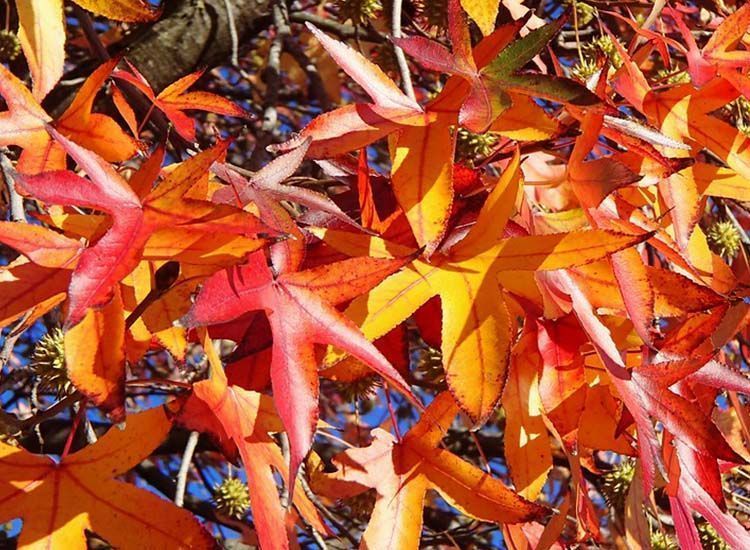
Liquidambar leaves in autumn. Photo by: gianna elena
Its resin as a usable resource
As with rubber, something similar happens in the case of liquidambar and that is that there are crops of this tree to collect its resin that is used by the chemical industry. In chemical slang this resin it is called styrax. This resin is very aromatic and is used to extract aromas in the cosmetics and perfume industry. It has been used in ointment to treat scabies and other parasitic skin diseases. It is also used in inhalations of colds of the upper respiratory tract, in perfumes, topical protector, expectorant, some perfumery uses, aerosol fragrances and in veterinary medicine, it is used as a parasiticide.
The extraction process may seem somewhat “cruel” because it consists of making a wound to the tree. Resin is your natural healing and it is what we get from its “cultivation.” From these wounds we obtain the resin during a series of harvests, without letting the tree faint.
In reality, the balance is sought, so that over time, that wound heals and another incision can be made in another part of the cortex to continue obtaining product. The styrax or also called storach is obtained from many other species, not only from the liquidambar, which also produce this type of healing compound for the wounds of its bark. They are often confused with other species of the genus Styrax from which a resinous liquid is also obtained.
The pigments in its leaves are also used to dye fabrics
We have to be honest. I did not know this lustrous tree in the forest, neither reading in books nor in a nursery. I know him thanks to a craft of printing on fabrics using various techniques that use hot water and steam, tannins, iron oxides and other compounds to remove and fix the pigments in a fabric. Curiously, liquidambar leaves are one of the species that look best in these prints on fabric and the results are incredible. As a result of these techniques I got to know the leaf and therefore the tree. As a curiosity, apart from the liquidambar, the red cochineal obtained from the insect (Dactylopius coccus) that colonizes the prickly pears for example. This deep red pigment is a compound called carminic acid (hence carmine red).
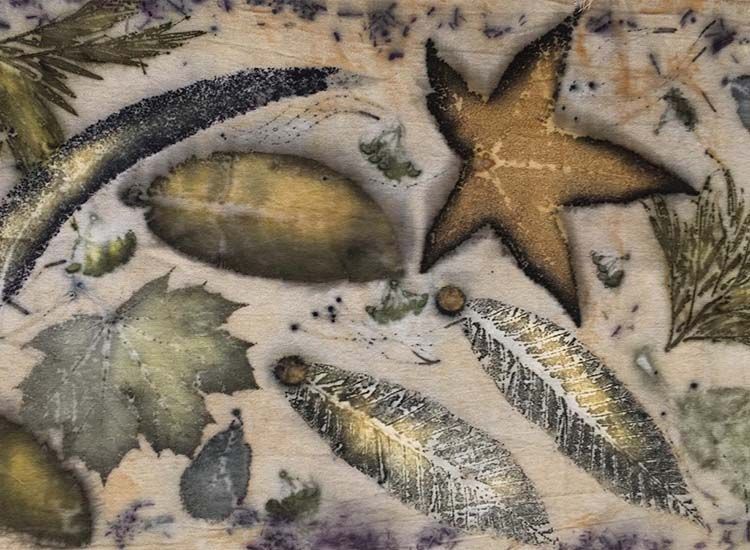
Leaf printing on fabric. The liquidambar is the 5-pointed webbed.
Cover photo: Gustavo
